This is explained further in the following sections. At this point the full effectiveness of the medication would be achieved and taking more would be pointless.

Qlik Capacity Whitepaper Letter Pdf Whitepaper Nclex Nurse
Drug Y is more potent than drug Z but its maximal efficacy is lower.
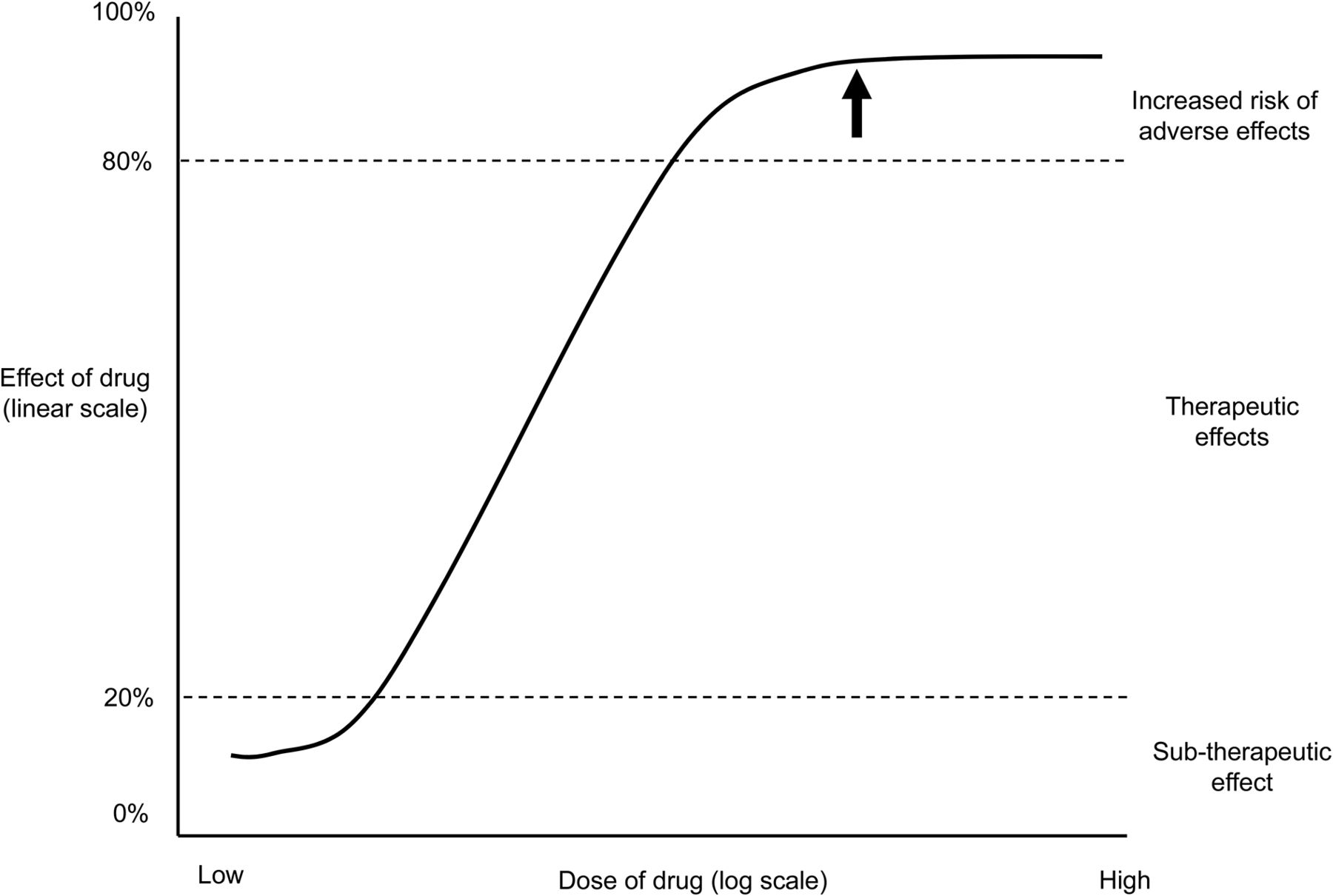
Ceiling effect of drug. Drug with Ceiling effect. The opposite of this is known as a floor effect. At this point taking higher doses does not increase its effect.
Drug ceiling effect definition. It has in essence hit a ceiling. Sometimes drugs cannot be compared across a wide range of treatment situations because one drug has a ceiling effect.
Both drugs produced typical opioid agonist effects positive mood sedation respiratory depression and miosis some of which persisted for 24 to 48 hours. MCQ Exam ON. In pharmacology the term ceiling effect refers to the property of increasing doses of a given medication to have progressively smaller incremental effect an example of diminishing returns.
This happens with many types of drugs including aspirin and opioids. Doseresponse relationships can be described by doseresponse curves. Mixed agonist-antagonist opioids such as nalbuphine serve as a classic example of the ceiling effect.
The ceiling effect reflects the limit of some drug classes to product a particular effect. Physiologic subjective and behavioral measures were monitored for 96 hours after drug administration. Above a certain dosage no further increase in effect is observed.
Once a therapeutic limit is reached increases in dose may produce side effects but no further beneficial effects. Ceiling effect suggests saturation of receptors. The ceiling effect is when the highest level of that specific medication has been reached.
In some fields biology physiology etc the ceiling effect refers to the point at which an independent variable no longer has an effect on a dependent variable when a kind of saturation has been reached eg the phenomenon in which a drug reaches its maximum effect so that increasing the drug dosage does not increase its effectiveness. Drug X has greater biologic activity per dosing equivalent and is thus more potent than drug Y or Z. A ceiling effect was observed for good drug effects at 100µg.
In research a ceiling effect occurs when there is some upper limit on a survey or questionnaire and a large percentage of respondents score near this upper limit. It makes it difficult to get an accurate measure of central tendency. A lot of times pharmaceutical labs create ceiling effects to avoid from children accidentally ingesting a toxic dose of that medication.
The drug ceiling effect refers to a particular phenomenon in pharmacology where a drugs impact on the body plateaus. Drug X has greater biologic activity per dosing equivalent and is thus more potent than drug Y or Z. Sometimes drugs cannot be compared across a wide range of treatment situations because one drug has a ceiling effect.
The 200µg dose of LSD induced greater ego dissolution than the 100µg dose and. One is that children continuously exposed to high levels of maternal stress hormones in utero and through breast-feeding become desensitized to the effects of those hormones in ways that affect their future behavior. Increasing the dose of a narcotic frequently leads to smaller and smaller gains in relief of pain.
Bolea-Alamanac of the department of psychiatry at the University of Toronto offered a couple possible explanations for this apparent ceiling effect. The doseresponse relationship or exposureresponse relationship describes the magnitude of the response of an organism as a function of exposure to a stimulus or stressor after a certain exposure time. Doses above those needed to produce the ceiling effect usually cause other undesired often toxic drug effects.
A ceiling effect can cause a variety of problems including. The analgesic ceiling effect of a drug refers to the dose beyond which there is no additional analgesic effectThis concept often disregarded in the treatment of pain in the emergency department ED should be carefully considered when using common analgesics such as acetaminophen ibuprofen and opioids. A stimulus response function or stimulus response curve is.
Drugs X and Z have equal efficacy indicated by their maximal attainable response ceiling effect. Measured effects are frequently recorded as maxima at time of peak effect or under steady-state conditions eg during continuous IV infusion.

Dose Response Relationships Clinical Pharmacology Msd Manual Professional Edition

Pharma Plus Drug Store By H Studio Interior Retail Pharma Light Effect Cold Blue Eczacilik

Pharmacodynamic Mechanisms General Principles Of Pharmacology Continuing Education Course Dentalcare Com
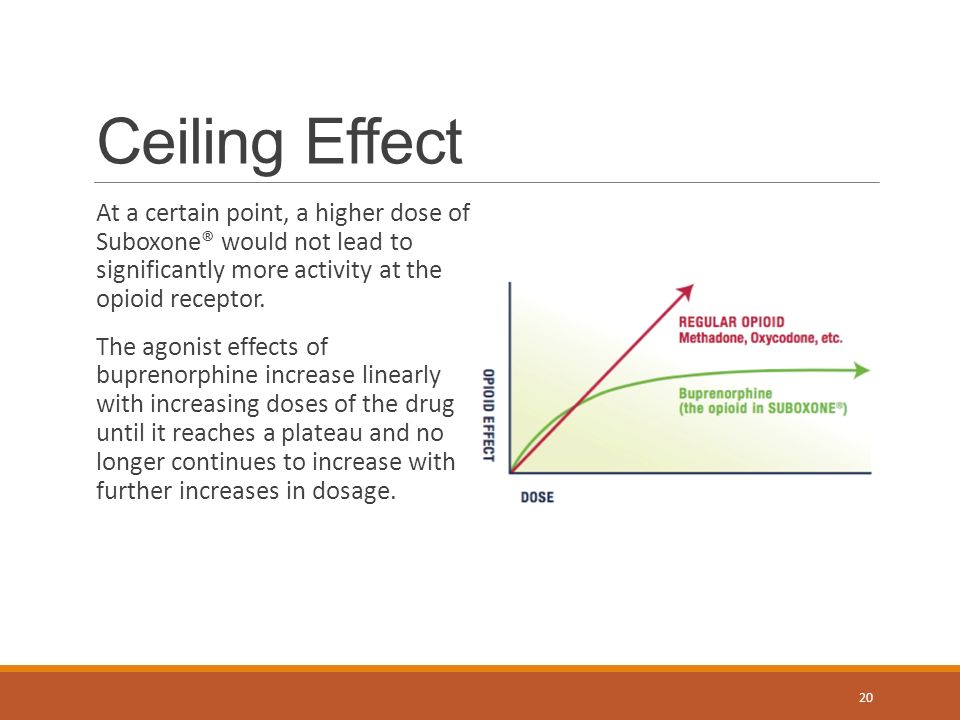
Buprenorphine Naloxone Ppt Video Online Download
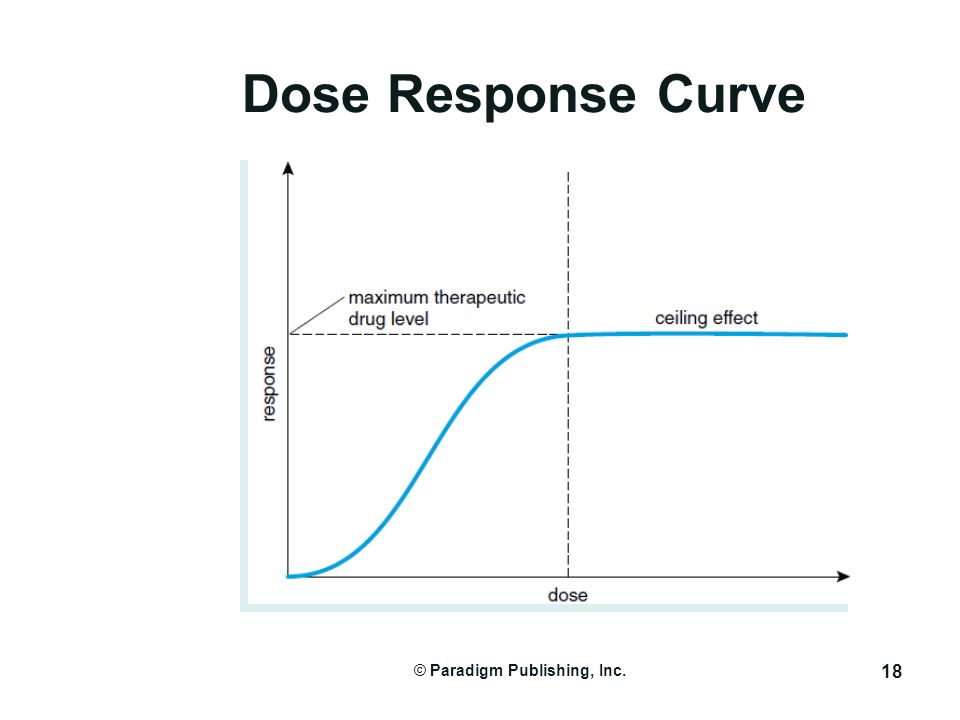
Paradigm Publishing Inc 1 Chapter 2 Basic Concepts Of Pharmacology Ppt Download

Pharmacology Part 1 Introduction To Pharmacology And Pharmacodynamics Journal Of Nuclear Medicine Technology

Pharma Plus Drug Store By H Studio Interior Retail Pharma Light Effect Cold Blue Store Design Interior Pharmacy Design Store Design Boutique

Dose Response Relationships Clinical Pharmacology Msd Manual Professional Edition

Basic Principles Of Pharm Tusom Pharmwiki

Pharmacology Part 1 Introduction To Pharmacology And Pharmacodynamics Journal Of Nuclear Medicine Technology
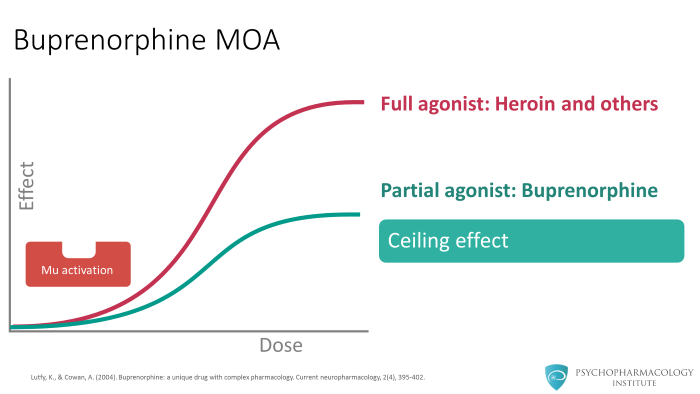
Buprenorphine For Opioid Use Disorder Mechanism Of Action Psychopharmacology Institute

Pharmacodynamic Mechanisms General Principles Of Pharmacology Continuing Education Course Dentalcare Com
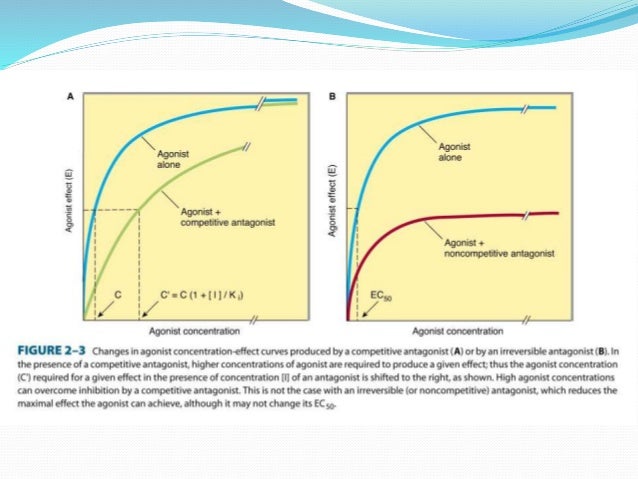
Factors Modifying Drug Action Efficacy Potency

Pharmacology Part 1 Introduction To Pharmacology And Pharmacodynamics Journal Of Nuclear Medicine Technology
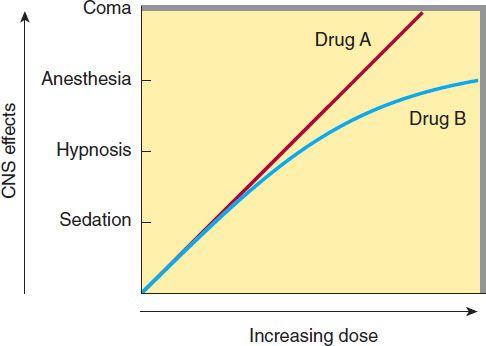
Sedative Hypnotic Drugs Basicmedical Key

Pharma Plus Drug Store By H Studio Interior Retail Pharma Light Effect Cold Blue Pharmacy Design Store Design Interior Retail Design Blog









0 komentar:
Posting Komentar